Advertisement
When a new course launches, the obvious focus tends to be the curriculum, pricing, or platform. But what often gets overlooked is how the learning experience can shift dramatically when people come together before the first module even starts. A course launch community event isn’t just a warm-up—it’s a way to kick-start learning momentum, create shared energy, and help future students feel like they’re part of something real. When done well, it sets the tone for the entire course and builds connections that last well beyond the final assignment.
Launching a course is more than hitting publish. Whether it's a solo creator or a larger team, gathering people early can bring life to the material. A community event creates a space where students, instructors, and guests can interact informally before the formal learning starts. This isn’t about pitching or overexplaining the course—it’s about building rapport, offering value, and giving people a reason to care.
These events often bring early feedback. Attendees might ask questions that highlight areas that need better explanation, or they might show high interest in a topic that wasn’t originally a focus. This kind of live interaction gives a course creator direct insight into how their material is being received. It also gives the community a voice—people aren’t just signing up; they're being invited into something that evolves with their input.
Another reason for these events is emotional investment. Learning anything new takes time and effort, and it’s easy to fall behind or feel lost when you’re doing it alone. A well-structured community event helps people feel supported before the pressure kicks in. It can be as simple as a welcome session, a Q&A, or a short guest talk, but the outcome is the same: people feel seen and involved.
The tone of the event matters as much as the structure. If it feels like a webinar with slides and little room to speak, people check out. A course launch community event should feel like a room—virtual or in person—where everyone is invited to speak, even if they choose not to. This sense of openness often starts with the host. When the instructor is present not just as a teacher but as a person—curious, listening, and relaxed—it shifts the energy.

Some events feature a short introduction from the instructor followed by a discussion. Others open with a story about why the course was created or a lesson learned along the way. These aren’t just nice touches; they humanize the content. When people hear stories, not just instructions, they remember why they were interested in the topic to begin with.
Breakout rooms or small group discussions can be effective in online events. These smaller conversations create room for more honest exchanges. Whether it’s a short activity, a problem-solving session, or a casual meetup, giving attendees space to interact with each other—not just the instructor—often creates the most value.
Timing is another consideration. Hosting the event too far ahead of the course means the energy fades. Hosting it too late means people might have already disengaged. Somewhere between one to three days before the course starts tends to work best. It creates anticipation without burning it out.
One of the most overlooked aspects of education is belonging. When people feel like they’re part of a group, they’re more likely to stay motivated and complete the work. A community event helps shape that from the start. Even one good conversation or a single familiar name in a chat thread can make someone more comfortable speaking up later during the course.
The event doesn't need a flashy lineup of speakers or a high-tech production. It just needs intention. A clear purpose, a welcoming space, and a mix of listening and sharing can go further than any production budget. This is also where the community manager, if one is involved, plays a role. Whether it's through follow-up messages, ongoing group discussions, or helping with tech, their presence keeps the event grounded and responsive.
After the event, momentum matters. People who show up are likely to stick around if there's something to keep the energy going. This could be a short video recap, a thank-you note, or even a shared discussion prompt in the course's community space. The key is to keep people from slipping back into passivity. The course launch community event starts a conversation—it shouldn't be the last one.
With more course creators using AI in their planning and delivery, the community event is no exception. AI can’t replicate the human connection that a live event offers, but it can help prepare and improve it. For instance, chat-based tools can suggest icebreaker questions based on the course topic or help draft invitations that match the tone and audience.

Speech-to-text tools can offer live transcription for accessibility or be used later to create summaries of the event. Sentiment analysis can give clues about how people responded—not just based on what was said, but how it was said. AI tools can also sort through attendee questions to spot patterns and themes, making it easier to tailor future sessions.
It’s worth noting that while AI can assist, it shouldn't replace human moderation or facilitation. The core of a course launch community event is emotional and relational. People don’t show up for automation. They show up for connection.
A well-organized course launch community event gives learners a reason to care from the start. It turns isolated modules into a shared learning experience. When people connect early, they’re more likely to stay engaged, finish the course, and tell others about it. This isn’t about flashy promotion—it’s about real interaction and making space for people to be heard. These events work because they’re simple: just people coming together with a shared interest and the chance to feel part of something real.
Advertisement
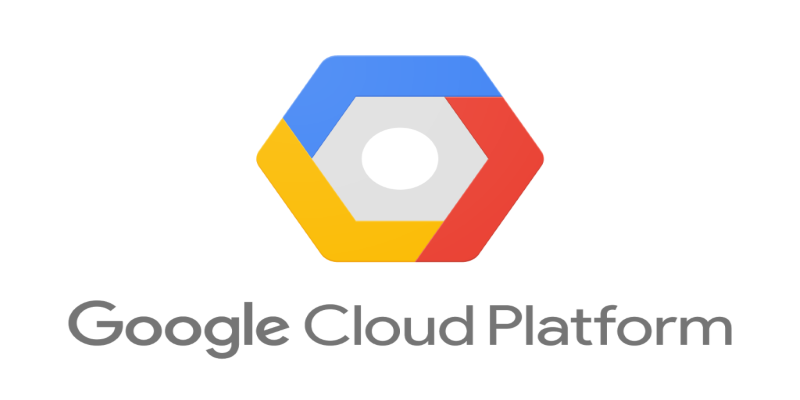
Explore how Google Cloud Platform (GCP) powers scalable, efficient, and secure applications in 2025. Learn why developers choose GCP for data analytics, app development, and cloud infrastructure
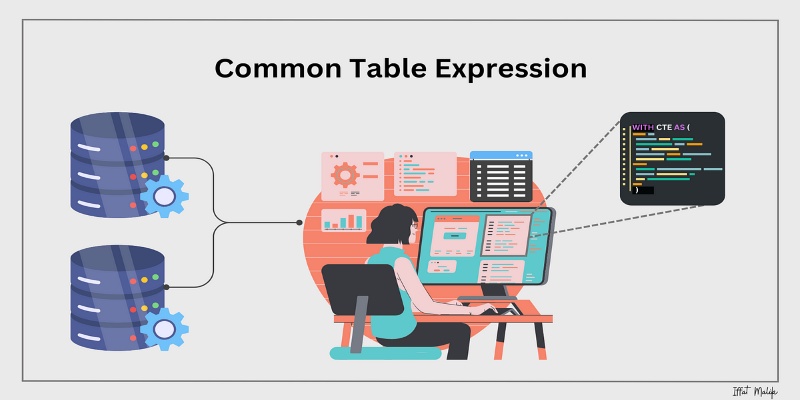
Learn what a Common Table Expression (CTE) is, why it improves SQL query readability and reusability, and how to use it effectively—including recursive CTEs for hierarchical data
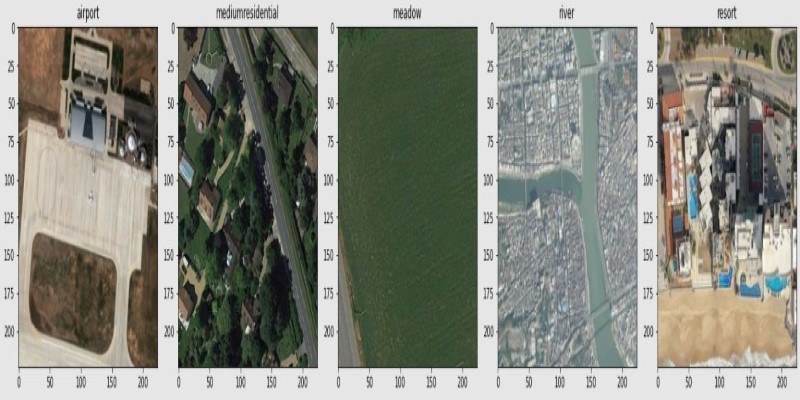
How fine-tuning CLIP with satellite data improves its performance in interpreting remote sensing images and captions for tasks like land use mapping and disaster monitoring
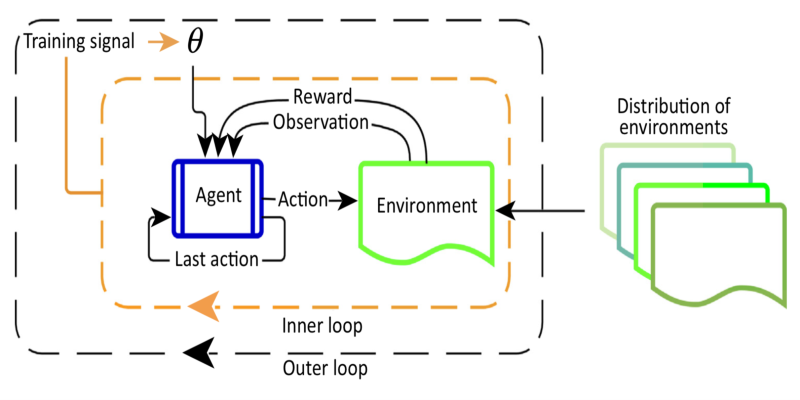
Curious about Meta-RL? Learn how meta-reinforcement learning helps data science systems adapt faster, use fewer samples, and evolve smarter—without retraining from scratch every time
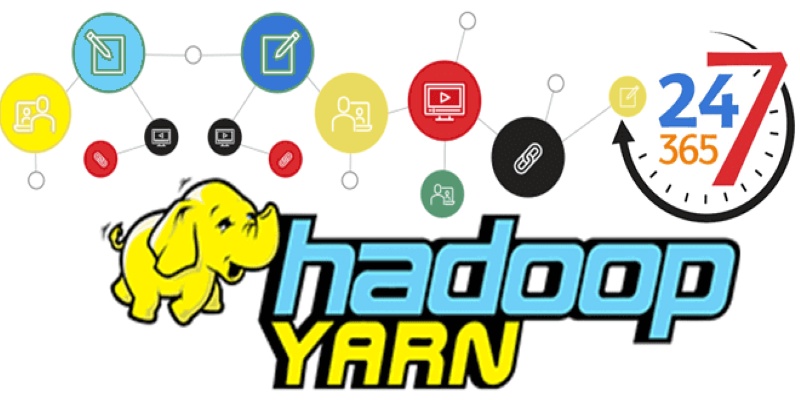
New to YARN? Learn how YARN manages resources in Hadoop clusters, improves performance, and keeps big data jobs running smoothly—even on a local setup. Ideal for beginners and data engineers
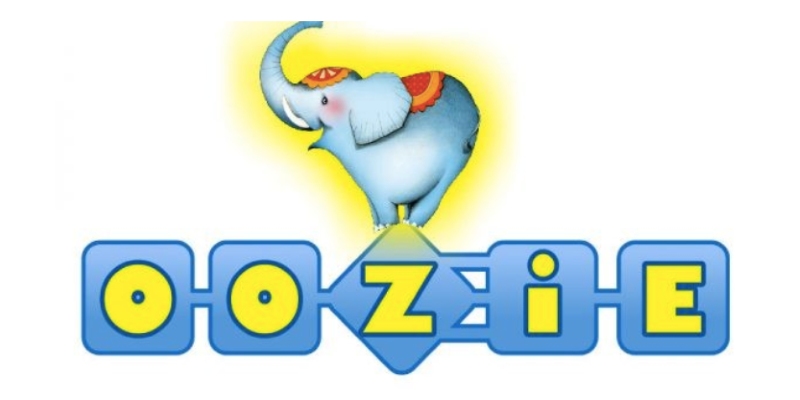
Learn how Apache Oozie coordinates Hadoop jobs with XML workflows, time-based triggers, and clean orchestration. Ideal for production-ready data pipelines and complex ETL chains
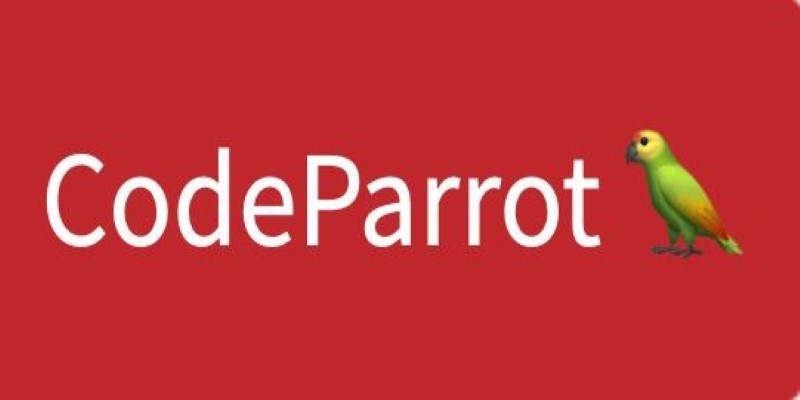
A detailed look at training CodeParrot from scratch, including dataset selection, model architecture, and its role as a Python-focused code generation model
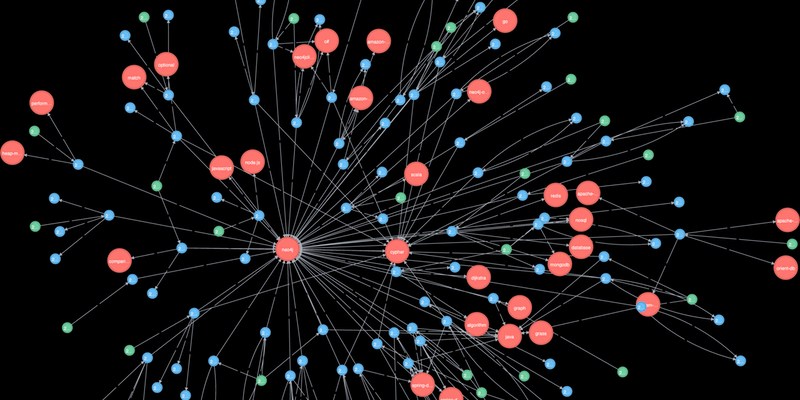
Explore how Neo4j uses graph structures to efficiently model relationships in social networks, fraud detection, recommendation systems, and IT operations—plus a practical setup guide
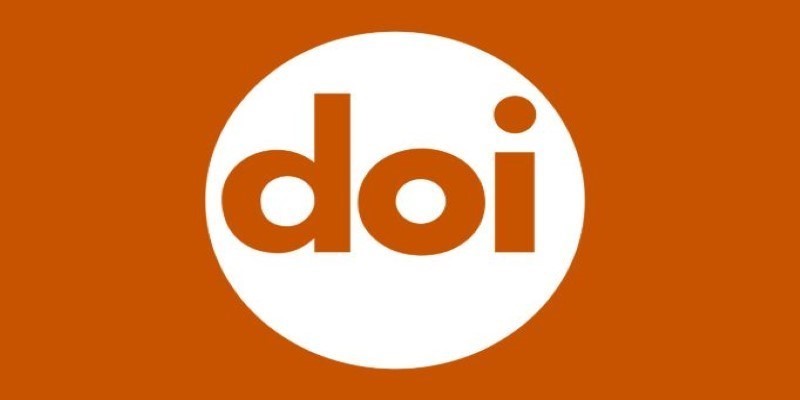
How do we keep digital research accessible and citable over time? Learn how assigning DOIs to datasets and models supports transparency, reproducibility, and proper credit in modern research
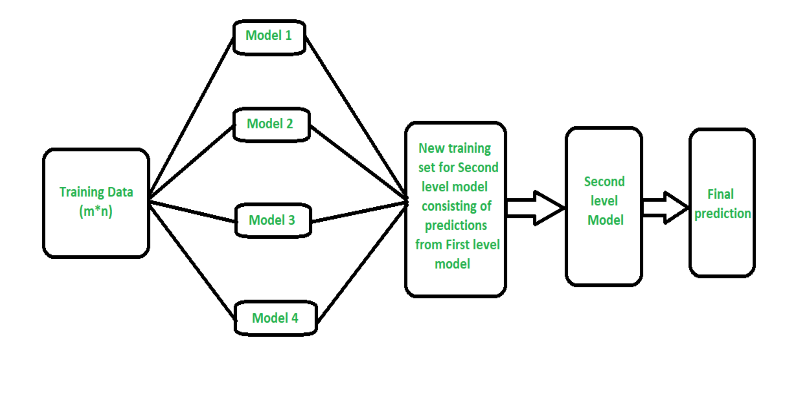
Curious how stacking boosts model performance? Learn how diverse algorithms work together in layered combinations to improve accuracy—and why stacking goes beyond typical ensemble methods

Looking for practical data science tools? Explore ten standout GitHub repositories—from algorithms and frameworks to real-world projects—that help you build, learn, and grow faster in ML
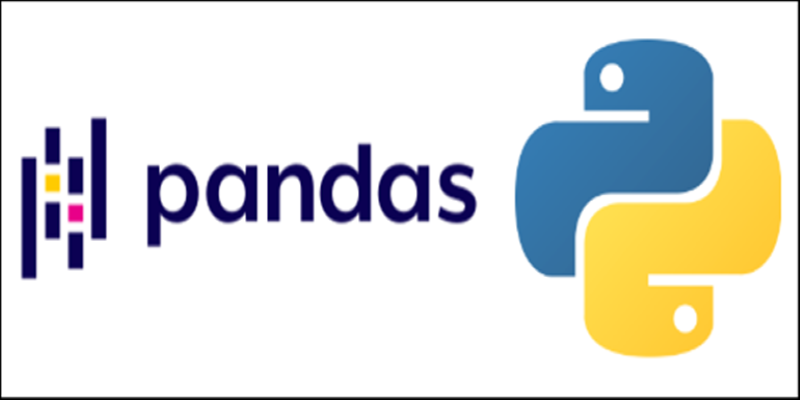
Discover lesser-known Pandas functions that can improve your data manipulation skills in 2025, from query() for cleaner filtering to explode() for flattening lists in columns